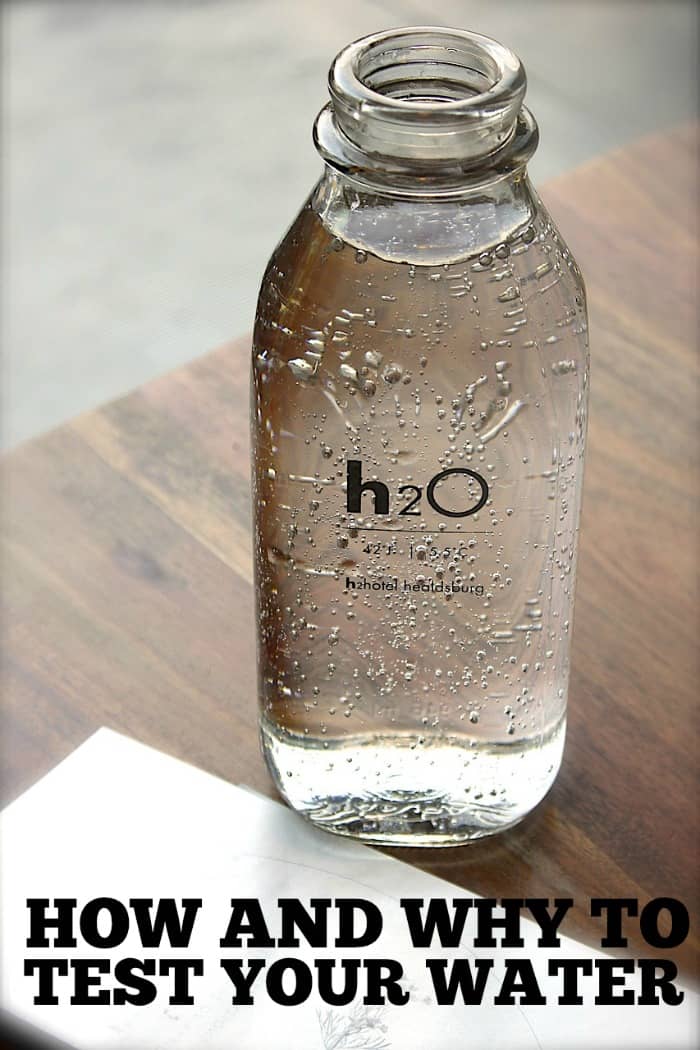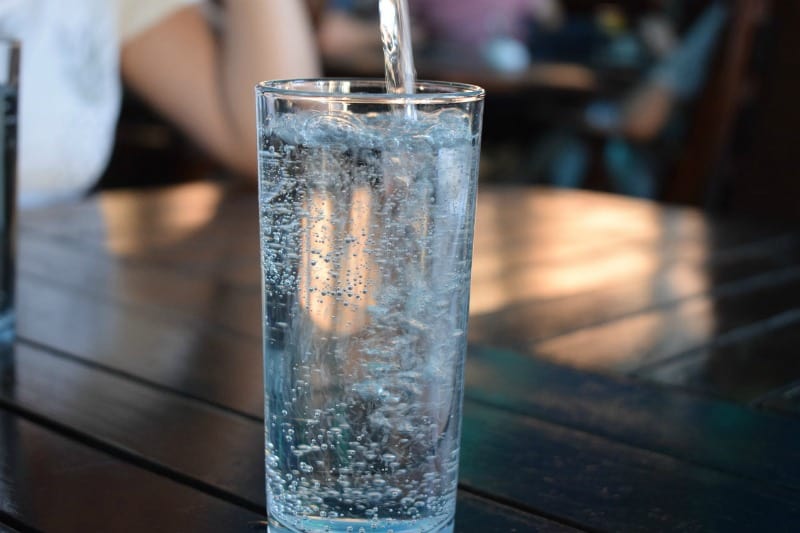Last Updated on August 14, 2020 by Ellen Christian
Have you ever wondered about home well water testing kits and whether or not you should test your water? We live in the country and our water supply comes from a well. We read about the importance of having our water tested each spring. But, I’ve always wondered exactly how to test our water and what I should be testing for. This post has been sponsored.
Posts may be sponsored. This post contains affiliate links, which means I will make a commission at no extra cost to you should you click through and make a purchase. As an Amazon Associate I earn from qualifying purchases.
Home Well Water Testing Kits
Water testing is simple and easy. Testing your water is a fun and educational way to ensure your family’s drinking water is safe. Test Assured offers a variety of water testing kits that are simple and easy to use. Using the School & Science Fair Kit is a great way to teach kids about water quality.
If you are looking for science fair ideas, this kit is easy to use and produces scientific data that can be recorded in graphs and used in reports for science projects. Beyond science fair projects, this kit is also an interactive way to teach children about environmental impacts on our water. These water quality tests are simple to perform, yet produce informative, qualitative results.
Four Tests in One Kit
The School & Science Fair Kit includes four test sets that can be used at home with no need to measure and mix solutions or mail away samples. Tests are simple enough to be performed and understood by children as young as eight. Results are sophisticated enough to be incorporated into data for school projects for children up to age 15.
Included in this comprehensive set are four test kits containing sample containers, test strips, iron tablets, instruction guides, and a results notebook. Test strips are used to test for chlorine (Cl), copper (Cu), nitrates, nitrites, alkalinity, pH, hardness, and iron (Fe). The set comes with detailed instruction guides and a results notebook to track and compare test results. The test strips can be used to compare the results of a variety of liquids besides water, such as sodas, juices, and other beverages. Easily compare results of different waters and liquids without buying multiple kits.
How to Test Your Samples
To perform your analysis, gather your water or liquid samples in the four sample containers. Fill each vial to approximately ¼” from the top. The first test will allow you to test for alkalinity, pH, and hardness. The test strip has three felt pads at one end, which is the end you should dip into the sample. Submerge all of the pads and hold the strip in the sample for approximately two seconds and then hold the test strip level for 10 seconds to allow the coloration to set in.
Next, use the corresponding chart to compare the sample colors to the chart colors. The first pad indicates alkalinity, the middle is for pH, and the last one is for hardness. You perform the chlorine, copper, nitrate, and nitrite test the same way. The instruction guide will tell you which pad is for which test.
The iron test is performed last with a slightly different procedure. The iron test packet contains a small white tablet that you will place in the vial with your sample. Cap the vial and shake it until the tablet is completely dissolved and the sample has turned cloudy. Next, take the iron test strip from the packet and dip the pad into the sample for two seconds. Tap off any excess liquid and allow the test to develop for 60 seconds, then compare to the color chart.
Record Your Results
After completing each test, record the results in the convenient booklet so you can compare samples. Using the test kits, students can accurately determine contamination levels in four different test samples. This 4-pack testing set is perfect for home projects, schools, and science fairs, giving you a total of 32 tests in just one convenient kit.
Fun and Educational
Not only is testing water samples a fun project for children, but it’s also educational. It teaches them about scientific data collection and recording results for comparison. It also teaches them about the importance of environmental responsibility on the quality of our water. Plus, you’ll have peace of mind knowing exactly what’s in your water.
Have you considered home well water testing kits?

Ellen is a busy mom of a 24-year-old son and 29-year-old daughter. She owns six blogs and is addicted to social media. She believes that it doesn’t have to be difficult to lead a healthy life. She shares simple healthy living tips to show busy women how to lead fulfilling lives. If you’d like to work together, email info@confessionsofanover-workedmom.com to chat.



we all need good clean water
Very true!